Steven Raichlen, author and barbecue authority, likes to say that “barbecue begat civilization.”
He sure takes the long historical view.
Almost 2 million years ago, people cooked on embers—what he calls “caveman” grilling. Fast forward to different points in history and you find variations on grilling across cultures, from grilling on wooden planks among the Native Americans of Connecticut, to wrapping foods in leaves and roasting them over a fire in the West Indies.
In his new book, “Project Fire,” Raichlen brings inspiration from the past to modern-day grilling. “It’s all about making the old new again,” he said.
Raichlen has 30 books and seven TV series under his belt; in this one, he addresses new technology and emerging grilling methods, some truly new and some descended from older techniques.
“What impresses me is that in almost every century, each generation reinvents it in a different way. In medieval times, there was a boy or a dog that would turn the spit,” said Raichlen. He spent time studying medieval cooking in France. It’s a far cry from today, he said, where you can issue commands to your grill via smartphone.
Now, the technology is vast and varied—kamados, pellet grills, plancha grills, hybrid wood burners, high-tech rotisseries. The most versatile and affordable, in Raichlen’s eyes, remains the charcoal kettle grill. “It can do it all,” he said.
By doing it all, he means five main grilling techniques: caveman grilling (President Eisenhower loved to do this, he pointed out), smoking, spit-roasting, direct grilling, and indirect grilling—with the food next to the fire but not directly over it.
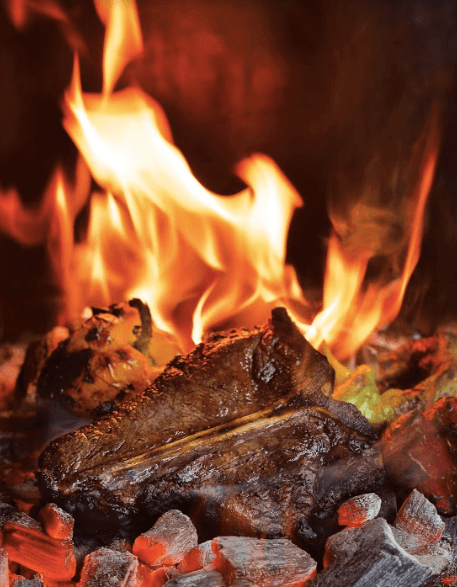
Enduring Appeal
“The reason I’ve been drawn to grilling and barbecue for 20 years, it’s all about the flavors,” Raichlen said. “The flavors are so intense.”When Raichlen was growing up, it was all about meat. His mom, a ballerina, was the grillmaster in the family. She preferred to cook her steak Pittsburgh rare-style, “burned black on the outside, but with the heart still beating inside,” Raichlen said.
Raichlen also takes inspiration from global influences—he has traveled to 63 countries (and counting). And being in North America, he said, “it’s part of our zeitgeist to borrow from all over the world.” Cue maple-sriracha chicken drumsticks or lamb kebabs with harissa mayo.
These days, vegetables, fruits, and even breakfast (think breakfast burgers) are having their own grilling moments. Raichlen even offers recipes for grilled desserts, such as decadent chocolate brownie s’mores, smoke-roasted on salt slabs.
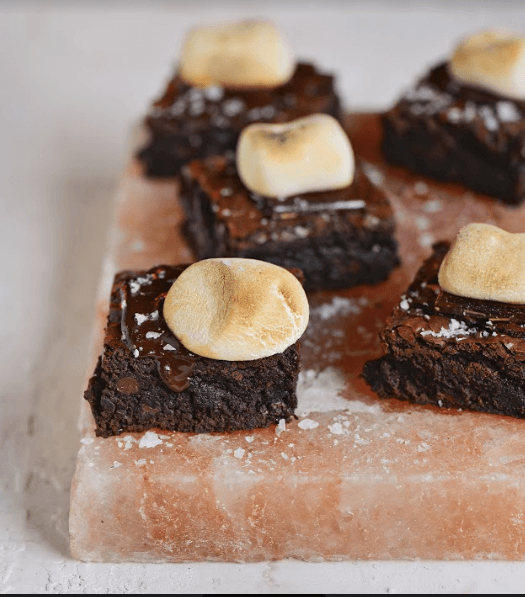
Across time and cultures, though, one thing is certain: Barbecue holds a universal appeal anchored in communal spirit. “If you put a casserole in the oven,” Raichlen said, “there’s no one to look.” But light a fire, and it’s a show.
RECIPE: Bacon-Grilled Onion Rings


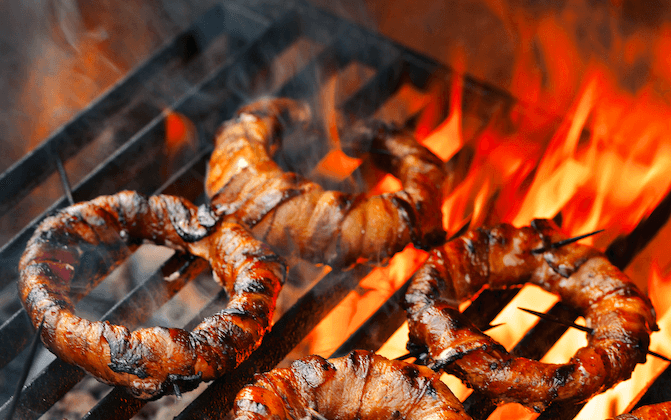

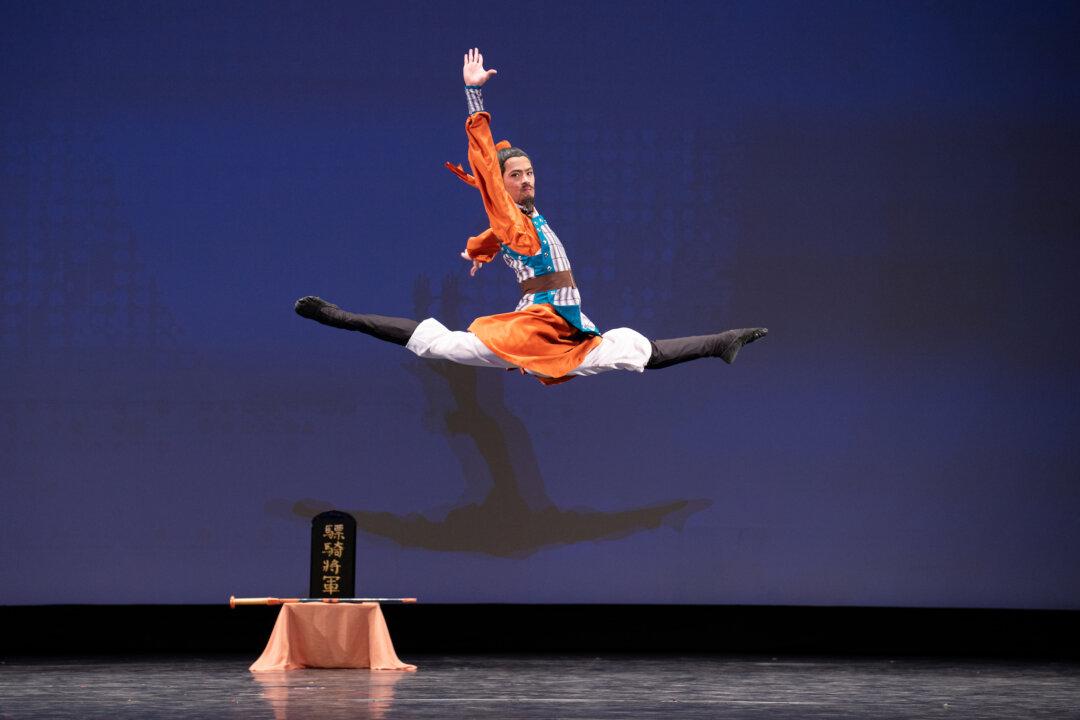

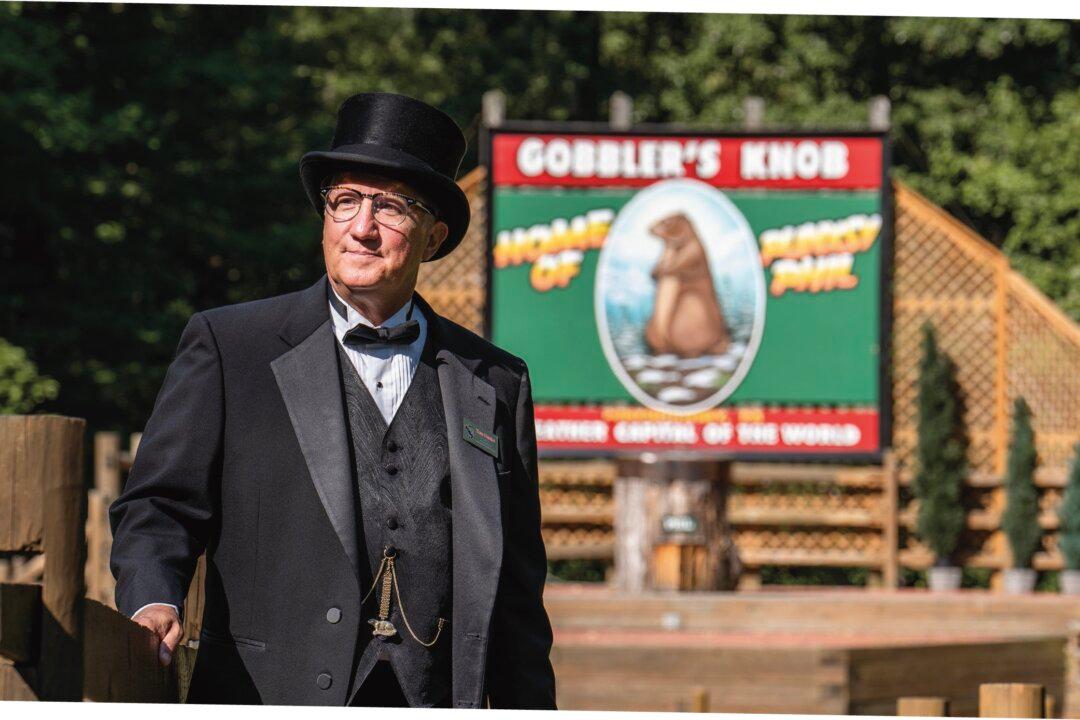
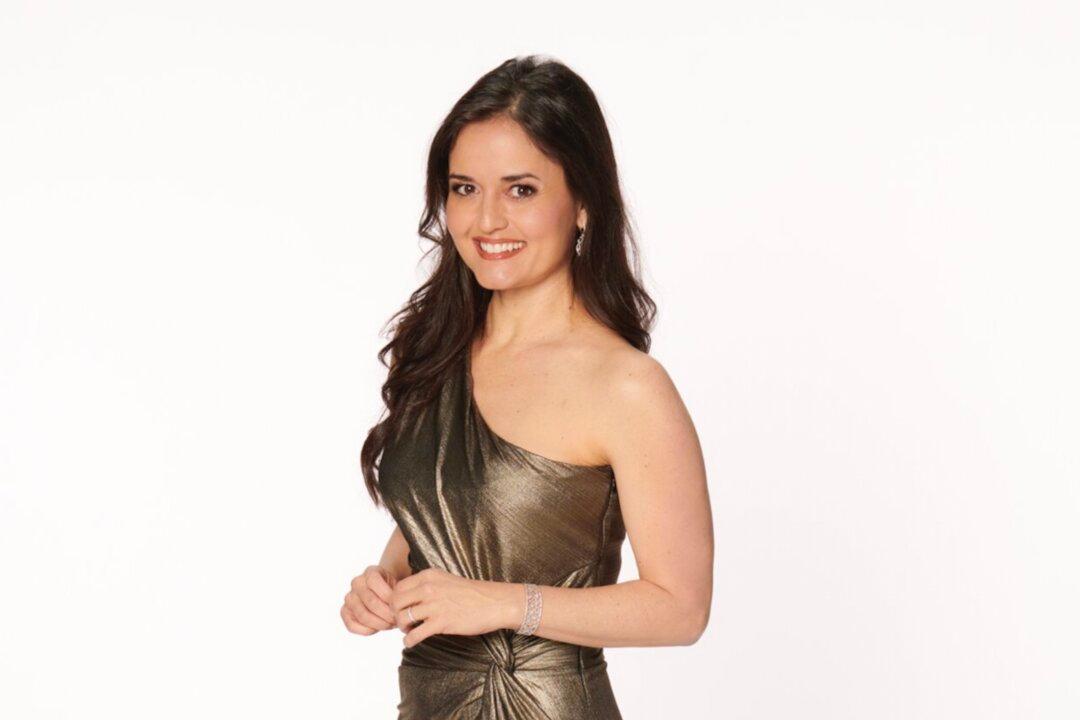
Friends Read Free